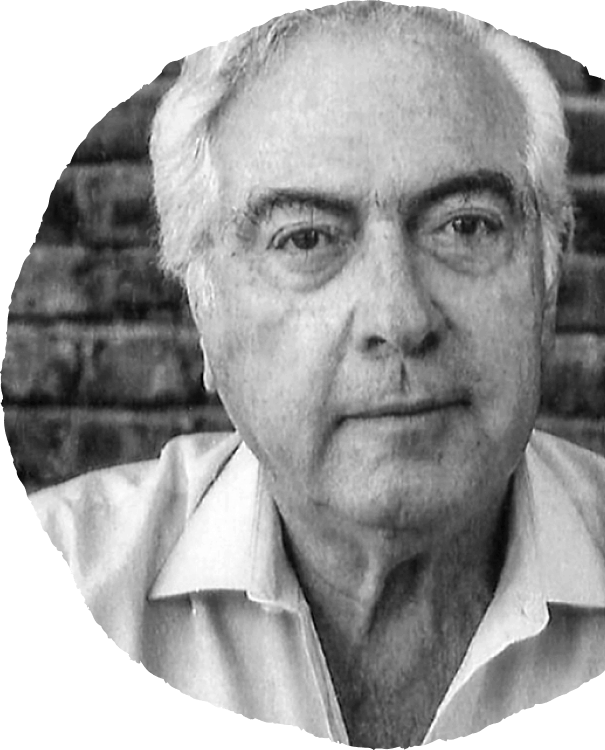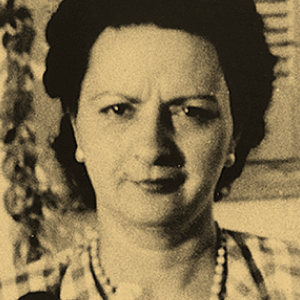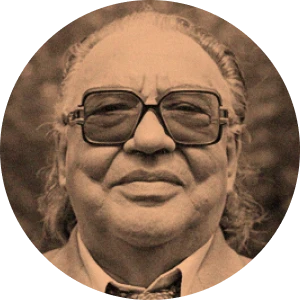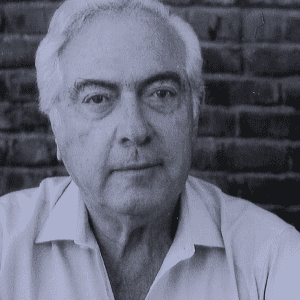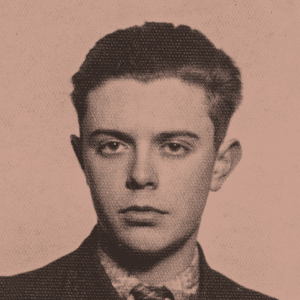
Inmate uniform from Auschwitz death camp, #182477
Auschwitz uniforms were kept by many of those who had suffered at the camp, long after the war had finished, as they were an important aspect of their survival.
Retaining a uniform without large rips or tears at the camp sometimes meant the difference between life and death, as it provided essential warmth and protection.
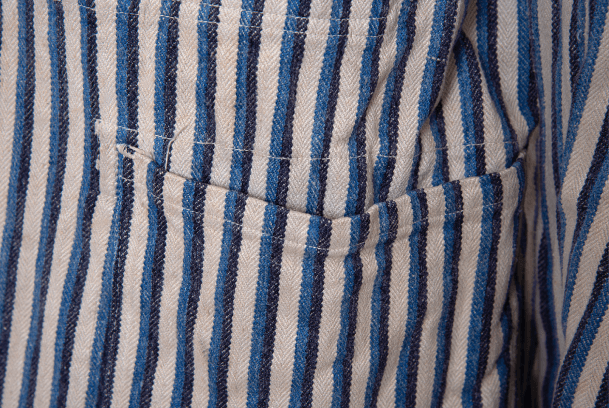
In most camps, prisoners were stripped of their own clothes and forced to wear a uniform. Typically, this uniform was patterned with blue stripes, although this wasn’t always the case.
Some uniforms had pockets, which were extremely useful for concealing extra rations or keeping useful luxuries, such as spoons or cutlery, safe.







Rotate
Daniel carefully preserved his uniform and took care of it as a precious item. Not only
did he wash it, but he also changed the buttons. He donated it to the Jewish Museum of Greece in 1977.
If your uniform was damaged, or part of it was misplaced while you showered, no replacement would be provided, and so in some ways, they became seen as precious items. It’s possible that’s exactly how Daniel viewed his.
Auschwitz uniforms were kept by many who had suffered at the camp, as they were an important aspect of their survival
